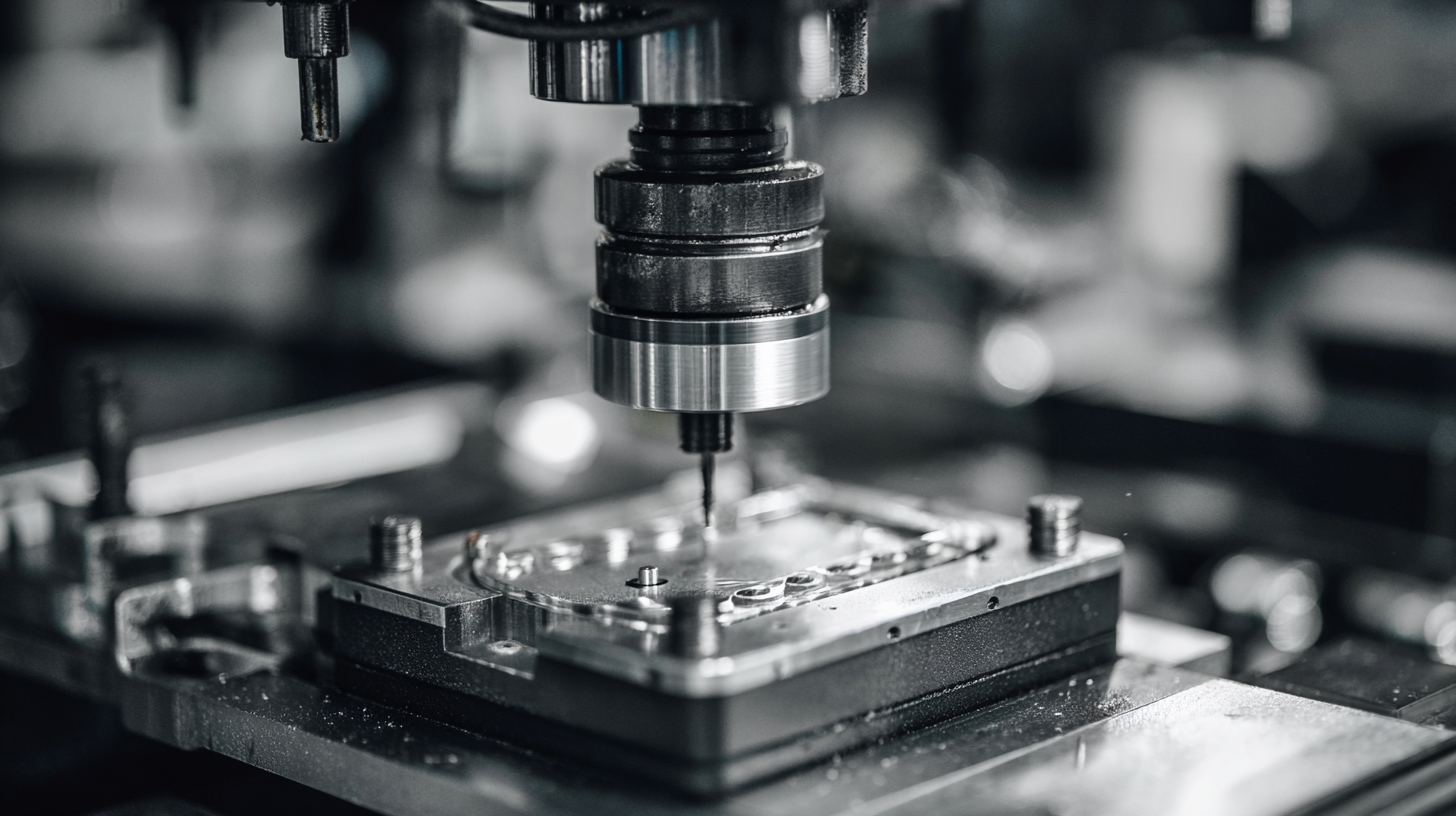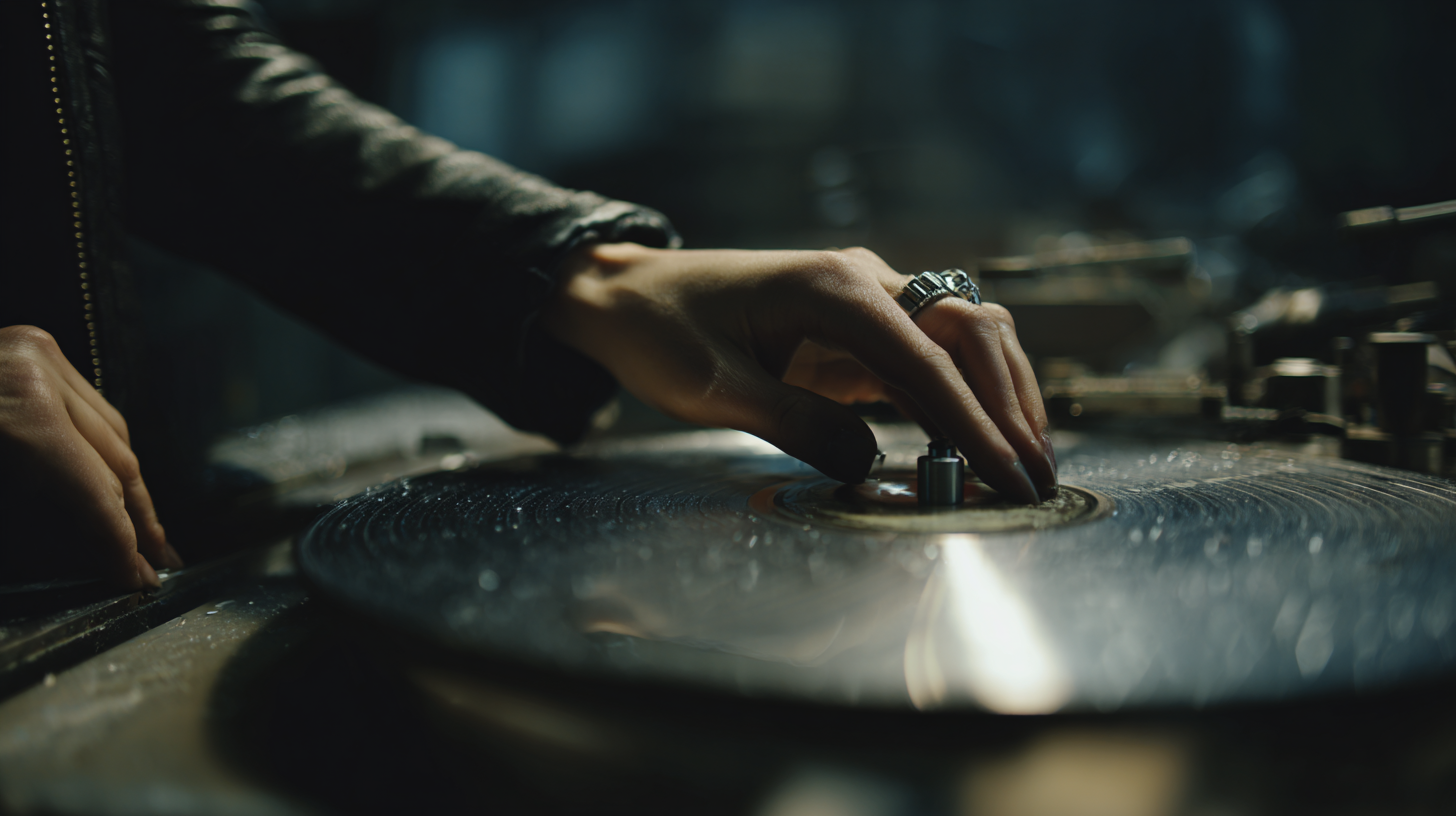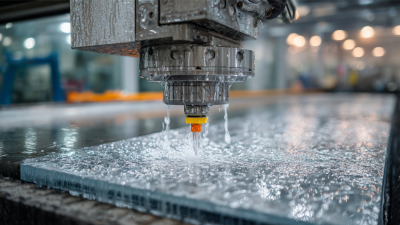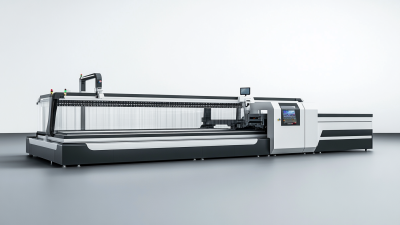How to Master the Art of Using a Glass Shape Edging Machine
 The glass industry is experiencing significant growth, with the global glass processing market expected to reach USD 18.2 billion by 2025, driven by increasing demand for customized glass products across various sectors, including construction and automotive. A pivotal tool in this landscape is the Glass Shape Edging Machine, which plays a crucial role in enhancing the aesthetic and functional qualities of glass.
The glass industry is experiencing significant growth, with the global glass processing market expected to reach USD 18.2 billion by 2025, driven by increasing demand for customized glass products across various sectors, including construction and automotive. A pivotal tool in this landscape is the Glass Shape Edging Machine, which plays a crucial role in enhancing the aesthetic and functional qualities of glass.
According to a recent industry report, the adoption of advanced edging machines can improve operational efficiency by up to 30%, allowing manufacturers to achieve precise and intricate designs with ease. Mastering the use of a Glass Shape Edging Machine not only elevates production capabilities but also positions businesses to meet the evolving preferences of consumers for bespoke glass solutions. This guide aims to equip operators and manufacturers with essential techniques and insights to effectively harness the capabilities of this indispensable machinery.
Understanding the Glass Shape Edging Machine: Parts and Functionality
The glass shape edging machine is an essential tool for achieving precision in glass finishing. Understanding its core components is vital for mastering its functionality. The machine typically consists of a motor, a conveyor system, and multiple grinding wheels. The motor drives the grinding wheels at varying speeds, allowing operators to select the ideal rate suited for different types of glass. The conveyor system, which steadily moves the glass pieces through the machine, ensures consistent edging results while reducing the risks of human error.
Additionally, the machine is designed with various adjustable settings to accommodate different glass shapes and thicknesses. The grinding wheels can often be switched out depending on the desired finish, ranging from smooth edges to intricate designs. Familiarity with these parts not only enhances operational efficiency but also promotes safety, as understanding how each component interacts minimizes the chances of accidents. Proper maintenance of these parts ensures longevity and optimal performance, allowing operators to produce high-quality glass edges that meet industry standards.
Preparing Your Workspace for Safe and Efficient Glass Edging
Preparing a workspace for using a glass shape edging machine is crucial for ensuring both safety and efficiency. Start by selecting a clean, open area that is well-lit and has ample ventilation. This not only helps in avoiding accidents but also ensures that dust and debris do not interfere with your project. Additionally, ensure that the workspace is free from clutter; this will allow for smooth mobility around the machine and provide easy access to tools and materials.
Next, equip your workspace with the necessary safety gear. Wearing protective goggles, gloves, and a dust mask can significantly mitigate the risk of injury while working with glass. It’s also wise to have a first aid kit readily available in case of minor accidents. Organize tools and materials within arm's reach to minimize movement and distractions. Lastly, make sure that the glass shape edging machine is properly maintained and positioned on a stable work surface, enhancing both safety and operational efficiency for your glass edging projects.
How to Master the Art of Using a Glass Shape Edging Machine - Preparing Your Workspace for Safe and Efficient Glass Edging
| Dimension |
Recommendation |
Purpose |
| Workspace Size |
At least 10x10 feet |
To allow for movement and equipment placement |
| Lighting |
Bright, even illumination |
To enhance visibility and precision |
| Table Height |
Waist level |
For ergonomic efficiency during work |
| Safety Gear |
Safety goggles, gloves, and mask |
To protect against glass shards and dust |
| Tool Organization |
Use tool racks and bins |
To keep workspace tidy and efficient |
| Ventilation |
Adequate fan or open windows |
To minimize inhalation of harmful particles |
Step-by-Step Guide to Operating the Glass Shape Edging Machine
Operating a glass shape edging machine can seem daunting at first, but with a structured approach, you can master this essential tool in the glassworking industry. This machine is critical for achieving precise edges and finishes on glass products. According to a report by IBISWorld, the glass manufacturing industry in the U.S. alone is expected to exceed $21 billion in revenue in 2023, underscoring the importance of proficient machine operation to meet industry demands.
To begin using the glass shape edging machine, familiarize yourself with the components and controls of the machine. Always ensure that safety gear, like goggles and gloves, is worn before starting. The first step in operating the machine is to set the desired edge profile, which can vary from straight to beveled edges, according to project specifications. Adjust the machine settings to speed and pressure suitable for the glass thickness, as the National Institute of Standards and Technology states that precision in measurements can enhance product quality significantly.
As you progress, it's crucial to perform regular maintenance on the machine to prolong its lifespan and efficiency. Regular checks coupled with proper cleaning can reduce downtime and improve edge quality. A study by the Glass Association found that machinery maintenance can enhance productivity by up to 30%. By following these guidelines, you can ensure smooth operation and ultimately produce high-quality glass products that meet the rigorous standards of the industry.

Maintenance Tips for Longevity and Performance of Your Edging Machine
Maintaining a glass shape edging machine is crucial for ensuring its longevity and optimal performance. According to a report by the Machinery Maintenance Institute, regular maintenance can extend the life of industrial equipment by up to 30%. This is particularly important for edging machines, which are often subjected to heavy use. Routine checks of the machine's lubrication system and components such as belts and bearings can prevent breakdowns and enhance efficiency.
Additionally, keeping the machine clean is vital. Dust and debris can accumulate and lead to increased wear on moving parts. The Glass Fabricators Association emphasizes the importance of implementing a weekly cleaning schedule to reduce the risk of contaminants affecting machine performance. Furthermore, periodic professional inspections can identify potential issues before they escalate, ensuring that your edging machine continues to operate at peak efficiency. By following these maintenance tips, operators can not only improve the reliability of their machines but also minimize downtime and costly repairs.

Common Mistakes to Avoid When Using a Glass Shape Edging Machine
When mastering the art of using a glass shape edging machine, avoiding common mistakes is crucial for achieving optimal results. One of the primary pitfalls is neglecting the appropriate edge finishing factors for annealed glass. Research has indicated that the usual recommendations may fall short, especially during the polishing stage. This can lead to subpar optical quality and weakened glass edges, which can compromise the overall integrity of the product.
Another common mistake is the improper selection of grinding and polishing cup wheels. Understanding the basics of these processing steps is essential for ensuring that glass edges maintain their strength and clarity. Using the wrong type of wheel can result in uneven surfaces and defects that detract from the finished glass piece. Familiarizing oneself with the specific characteristics of different wheels can significantly improve the edging process and lead to better final outcomes.

Home
About Us
Products
UPVC PVC Window Machine
Aluminum Window Machine
Glass Cutting Machine
Glass Edging Machine
Insulating Glass Machine
Glass lifting machine
Glass Washing Machine
Glass Laminating Machine
Glass Sandblasting Machine
Glass Drilling Machine
CNC Glass Working Center
CNC Non-Metal Cutting Machine
The Other Glass Machinery
Application
Download
News
Contact Us
 The glass industry is experiencing significant growth, with the global glass processing market expected to reach
The glass industry is experiencing significant growth, with the global glass processing market expected to reach 






